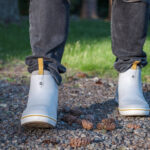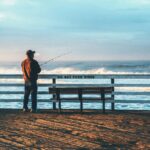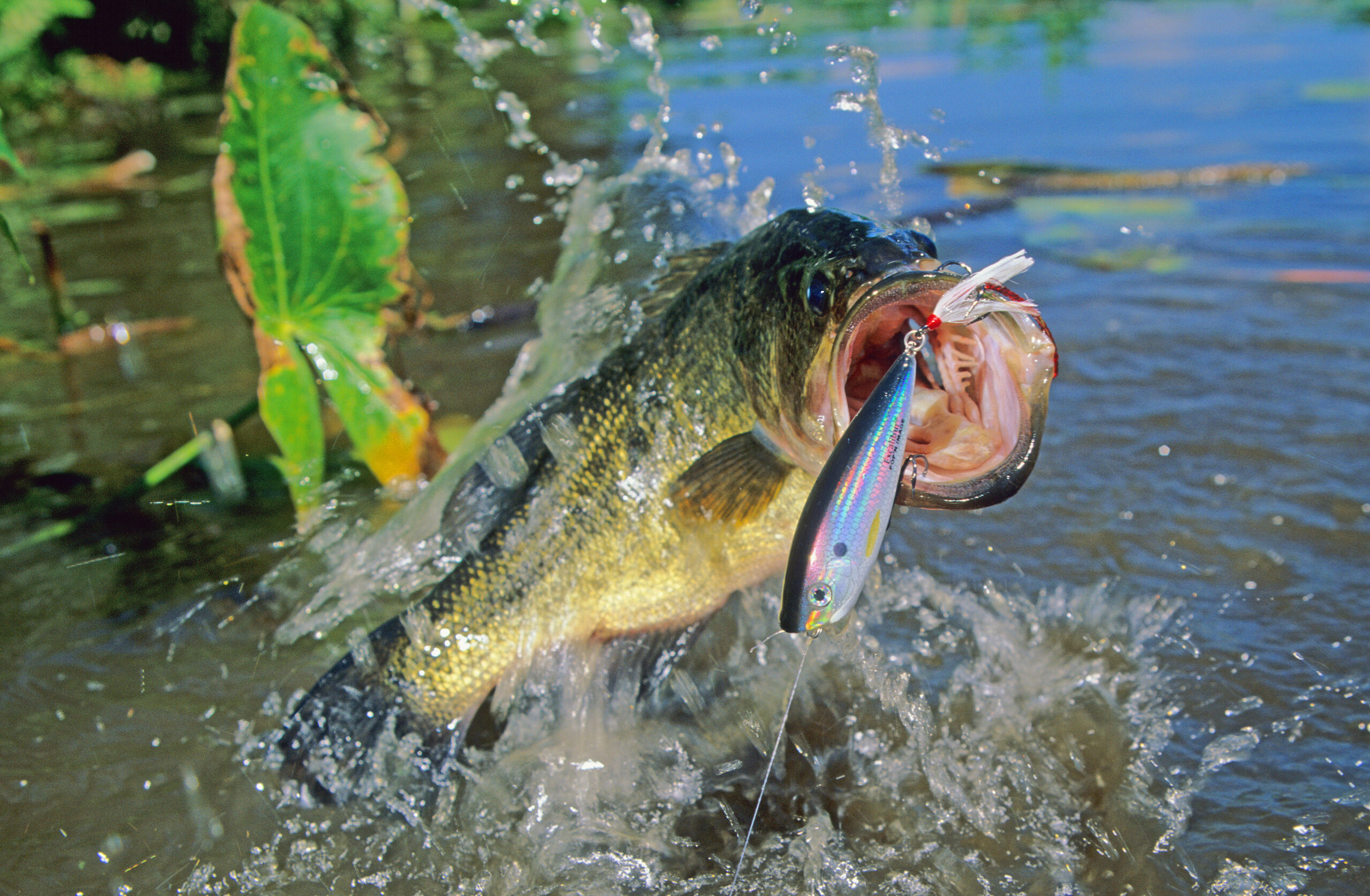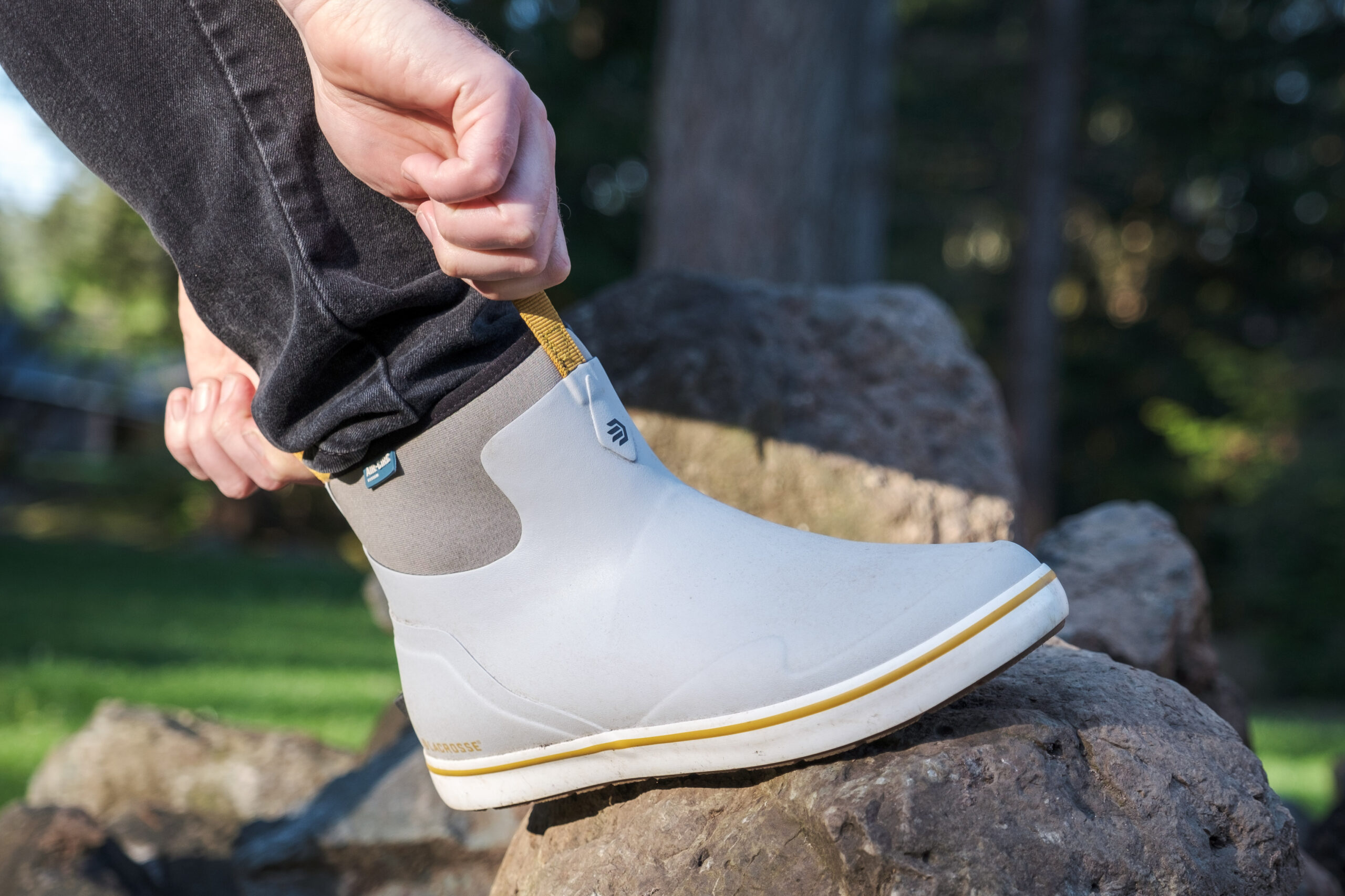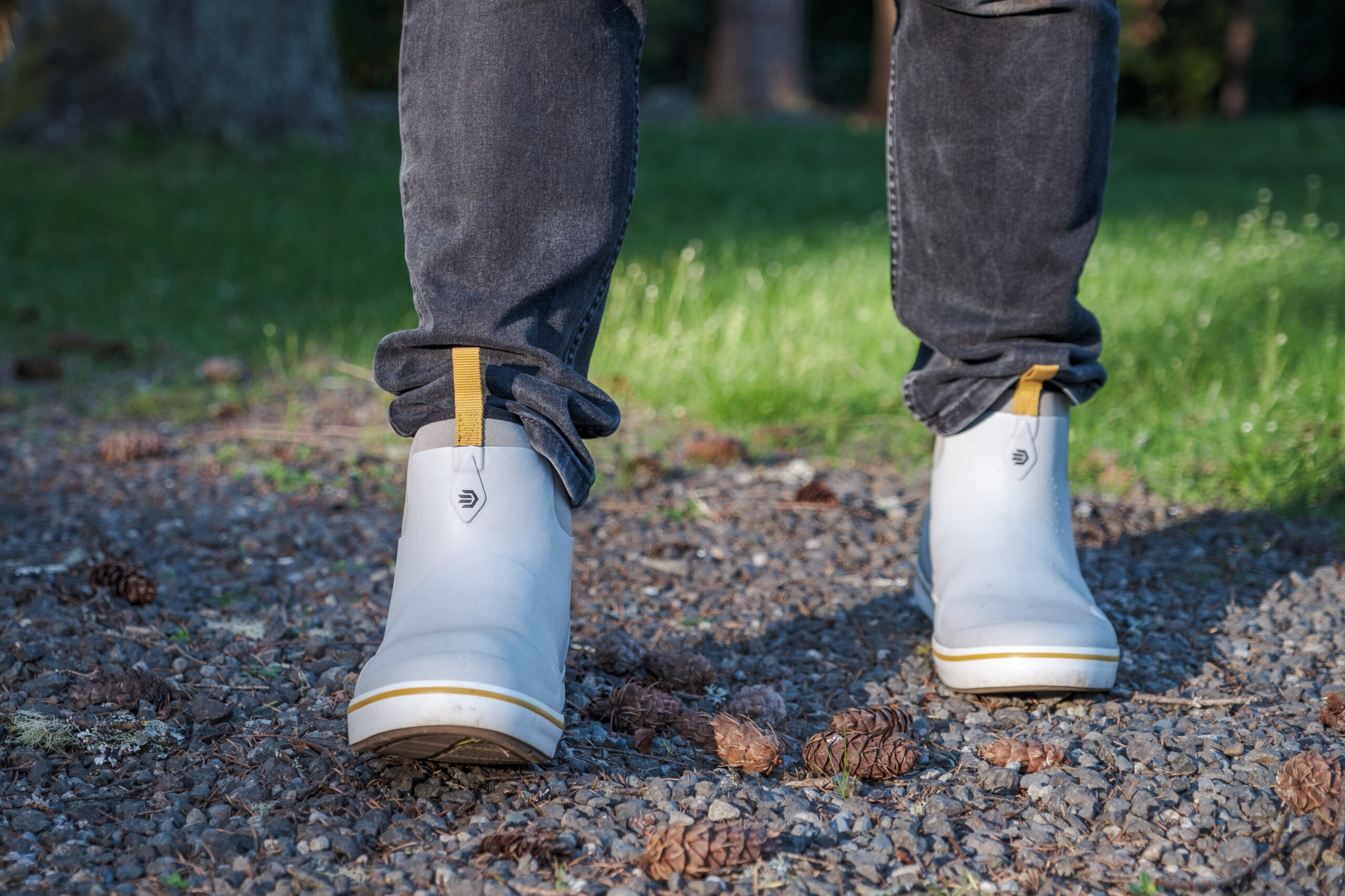As the heat creeps in and bass shift into their post-spawn patterns, one thing becomes crystal clear—topwater season is officially on. Early summer is that electric window when surface strikes can go from casual to chaotic in a heartbeat. Whether you’re walking a frog across lily pads or ripping a popper through open water, there’s nothing quite like the adrenaline surge of a topwater blow-up.
But not all lures—or tactics—are created equal. In this guide, we’re breaking down the best topwater baits for early summer, the situations they shine in, and how to fish them right to draw explosive strikes from big bass.
Why Early Summer Is Prime Time for Topwater Action
Bass are active, aggressive, and shallow in early summer. They’re recovering from the spawn and feeding heavily to replenish energy. Water temps typically range from the mid-60s to upper 70s depending on your region, which pushes baitfish near the surface—setting the stage for a surface feeding frenzy.
The early morning and evening hours are especially golden, when the water’s calm and light levels are low. That’s when bass feel confident enough to ambush prey near the surface.
The Must-Have Topwater Lures for Early Summer
1. Walking Baits (Spooks, Sammy-style lures)
- Best For: Open water, shallow flats, and schooling fish.
- Why It Works: Walking-the-dog retrieves mimic wounded baitfish. When bass are chasing shad, a walking bait can fire up the school.
- Pro Tip: Use a mono or braided line—fluoro sinks and kills the action. Make long casts and mix up your cadence until you get bit.
2. Frogs (Hollow-body)
- Best For: Matted vegetation, lily pads, and swampy backwaters.
- Why It Works: Frogs create a subtle, natural profile while being totally weedless—perfect for tempting bass buried in cover.
- Pro Tip: Let the fish take it for a beat before setting the hook. Bass often miss on the first strike, and an early hookset will yank it right out of their mouths.
3. Popper Baits
- Best For: Calm water, shaded banks, around docks or laydowns.
- Why It Works: The bloop-bloop sound mimics a distressed baitfish. It draws fish in when they’re in a more neutral mood.
- Pro Tip: Pause frequently. A long pause after two or three pops can trigger a reaction strike.
4. Buzzbaits
- Best For: Covering water fast, low-light conditions, windy banks.
- Why It Works: The high-pitched squeal and bubble trail drive bass nuts—especially in stained water.
- Pro Tip: Add a soft plastic trailer or use a toad for extra commotion. Try bending the wire arm slightly to one side to make it run closer to cover.
5. Prop Baits (Devil’s Horse, Whopper Plopper)
- Best For: Calm mornings, parallel to weed edges and hard structure.
- Why It Works: The spinning props add flash, vibration, and sound—great for calling in fish from a distance.
- Pro Tip: Vary your retrieve—try short bursts or a steady crawl, depending on how aggressive the fish are.
Key Conditions to Watch
- Low Light: Early morning, late evening, or cloudy days are best.
- Water Clarity: Slightly stained to clear is ideal for most topwater presentations.
- Temperature: 65–80°F is prime. Once temps spike into the high 80s, you’ll need to fish topwaters even earlier and later in the day.
- Wind: A light ripple is fine, but chop can kill topwater bite. Seek sheltered coves if the wind kicks up.
Bonus Tips for More Blow-Ups
- Match the hatch. If bluegill are spawning, throw bluegill-colored poppers. If shad are schooling, stick with silver walkers and buzzbaits.
- Sharpen your hooks. Topwater baits can lead to short strikes. Sticky-sharp trebles make all the difference.
- Use braid or mono. Fluorocarbon’s sink rate can ruin the action of floating baits.
- Stay quiet. Your presence matters. Avoid clanking tackle or loud footsteps when fishing from shore or in a small boat.
Final Cast
Topwater fishing is more than just fun—it’s one of the most effective ways to catch quality bass in early summer. With the right gear, good timing, and a little bit of patience, you’ll be setting hooks and hearing splashdowns in no time.
So tie on your favorite surface slinger, hit the water at first light, and get ready for that heart-stopping ka-boom.




